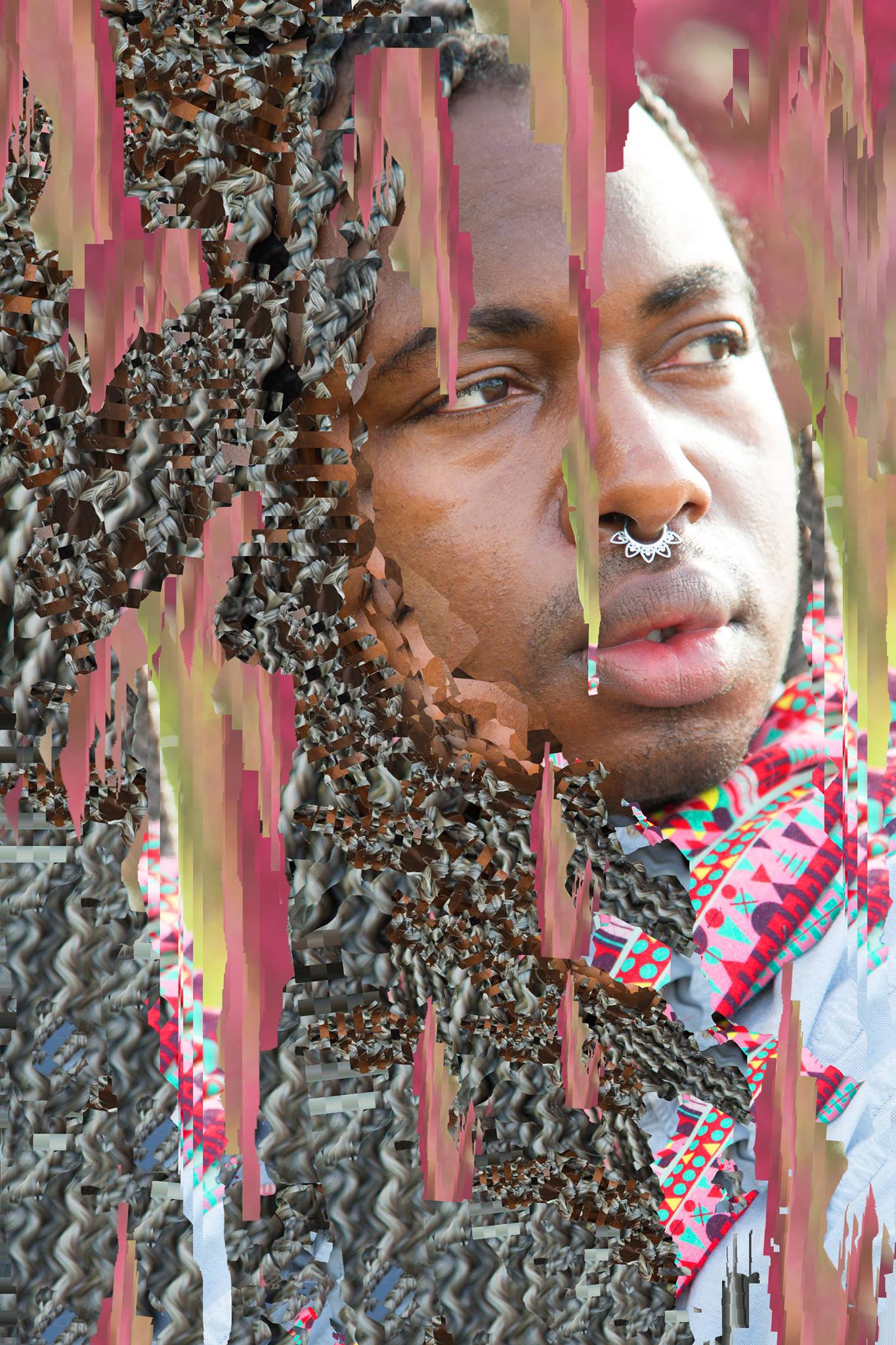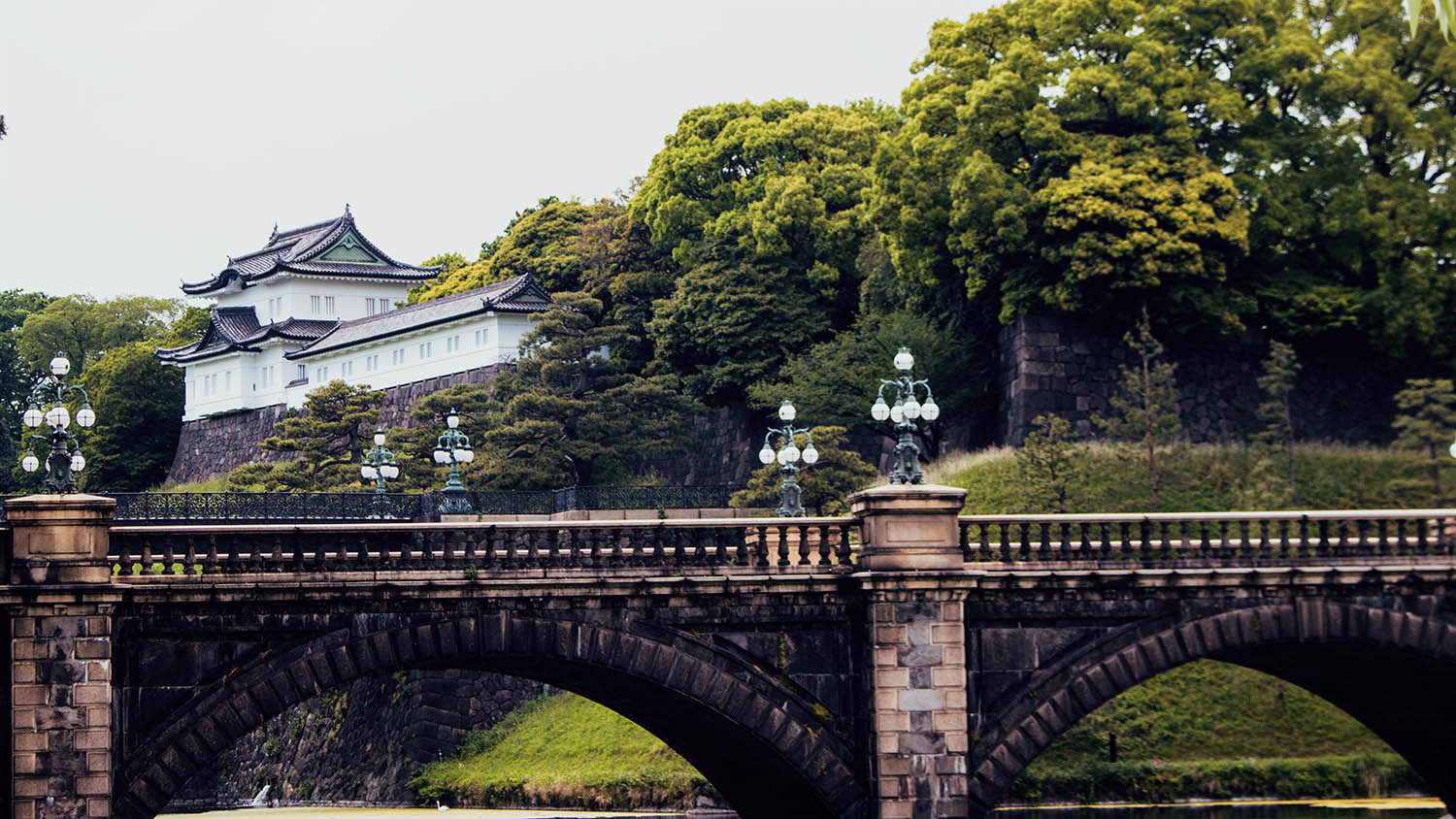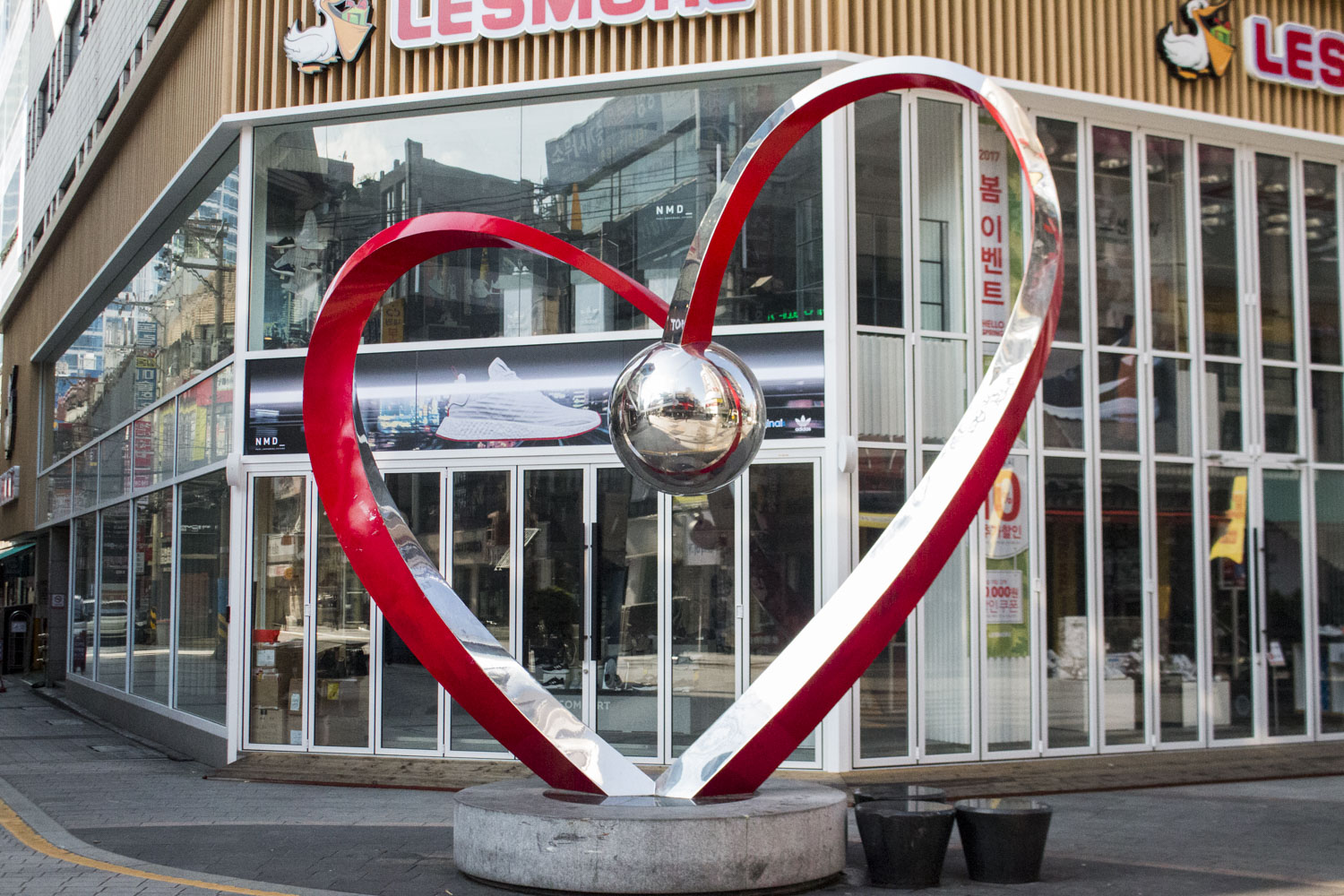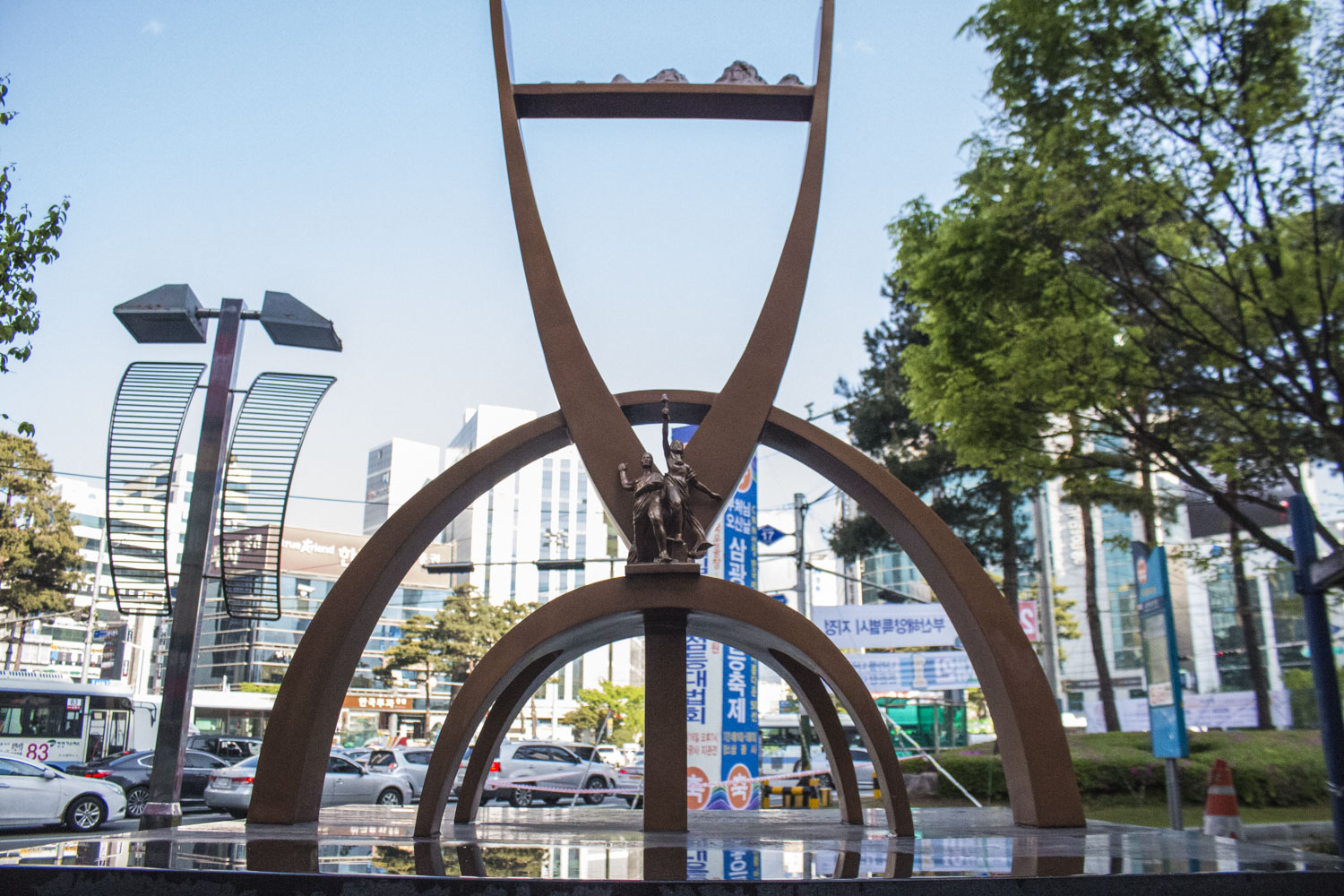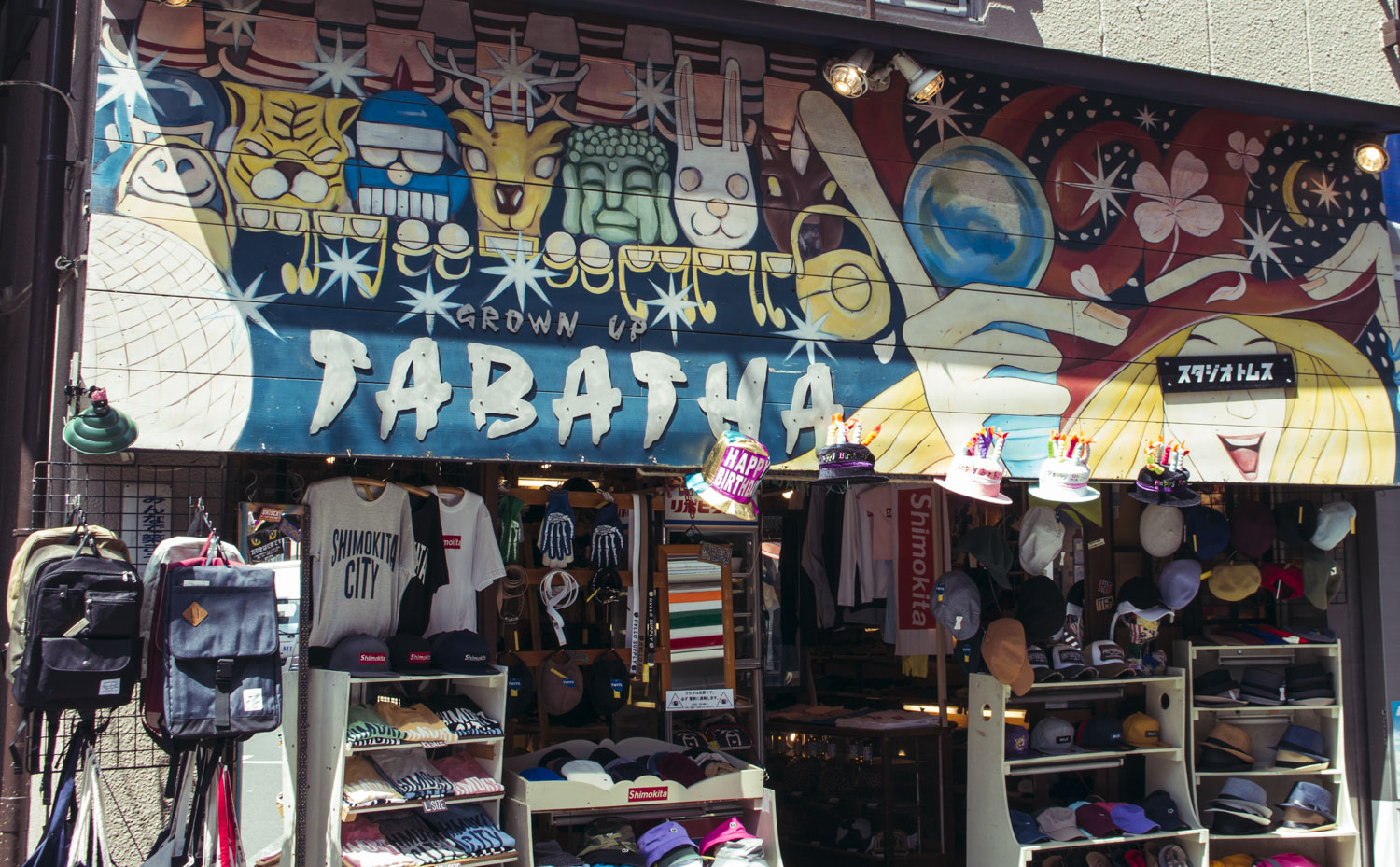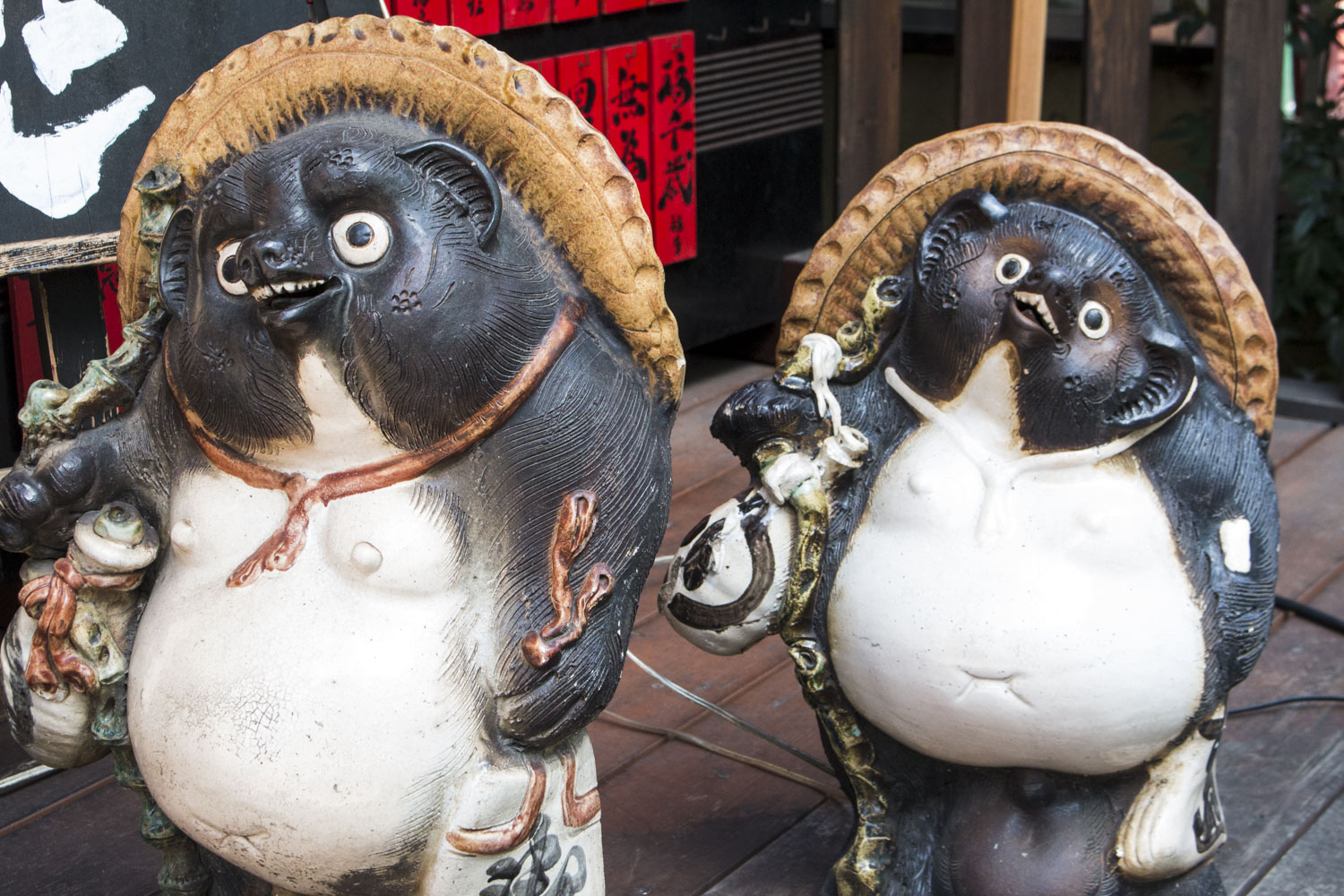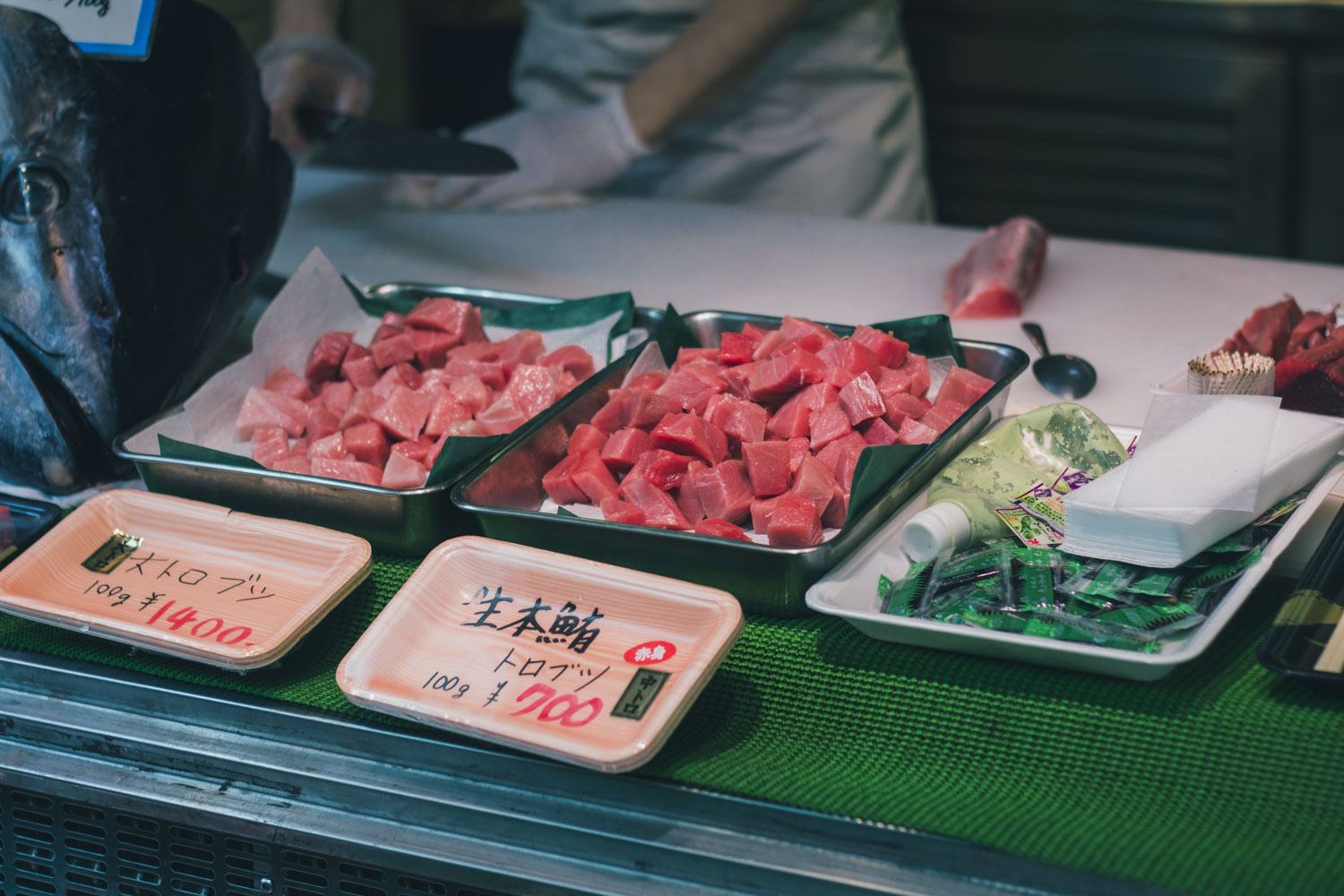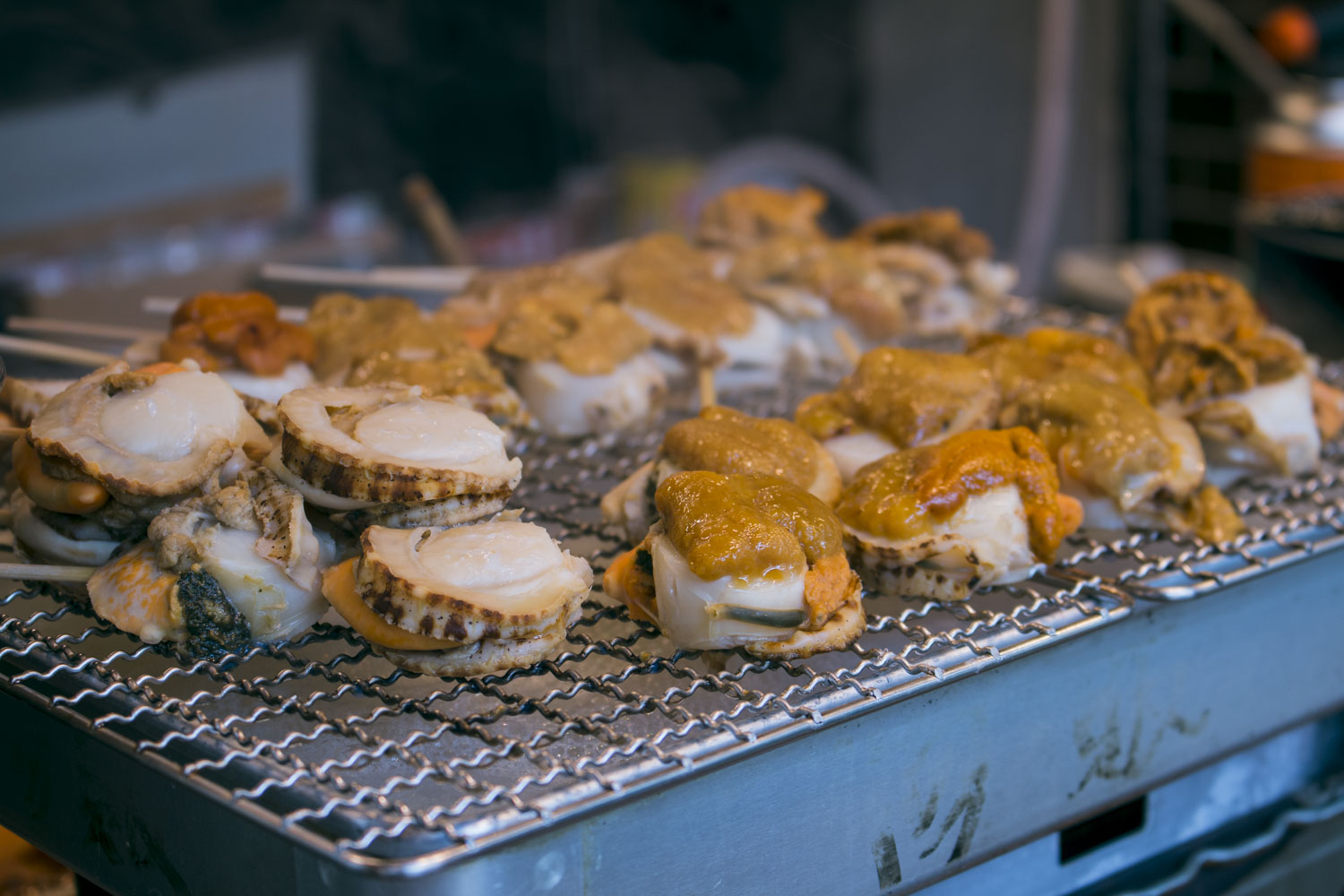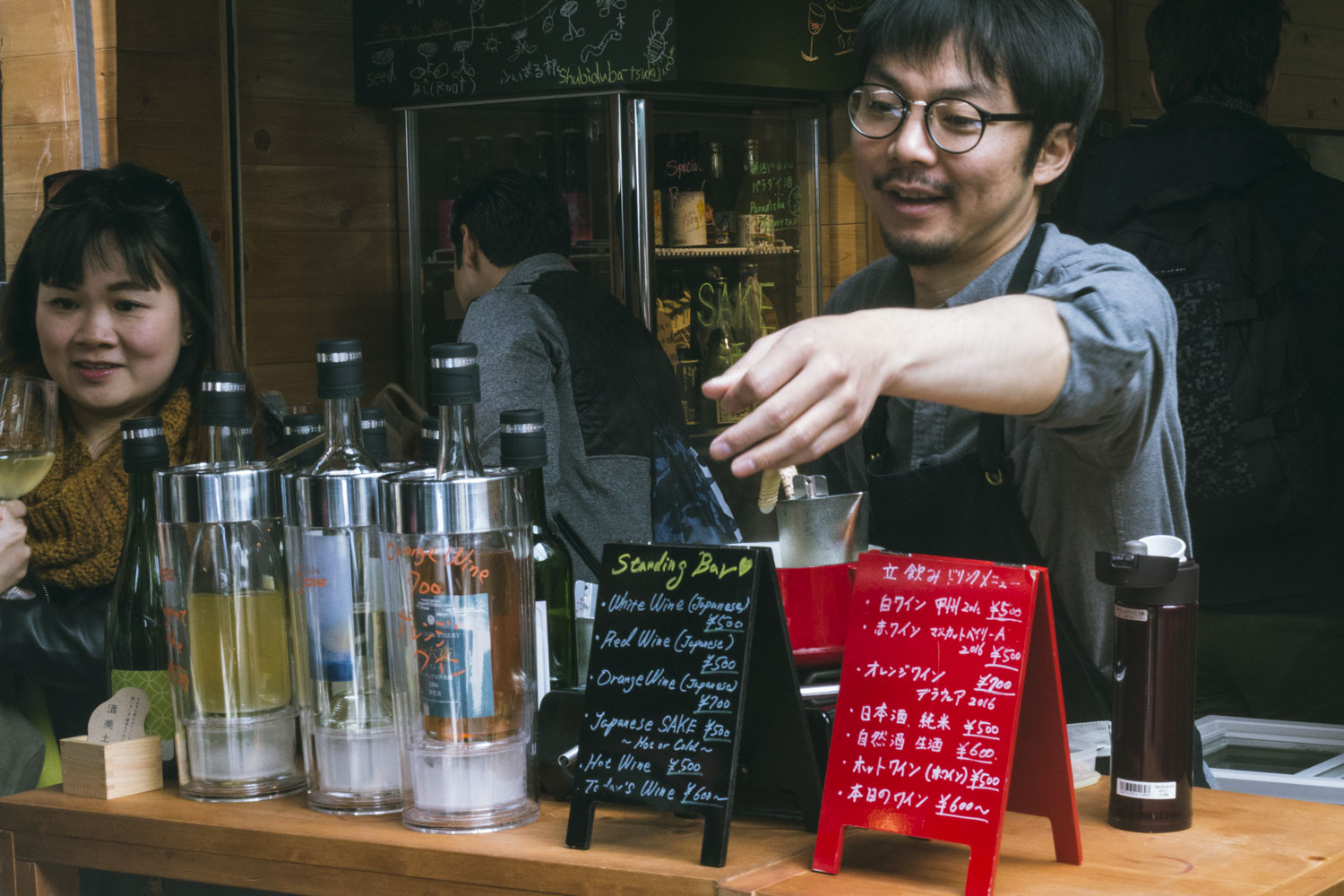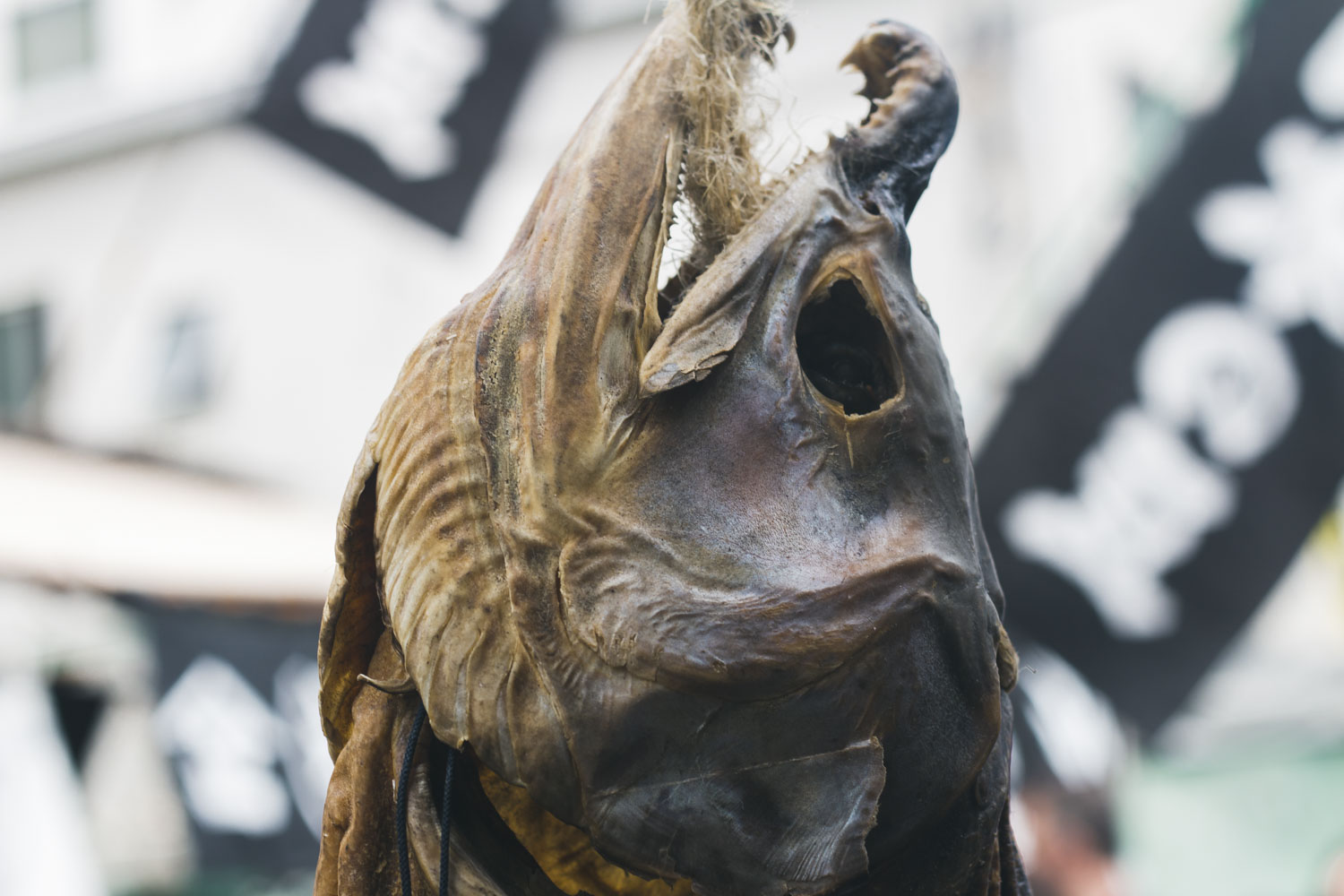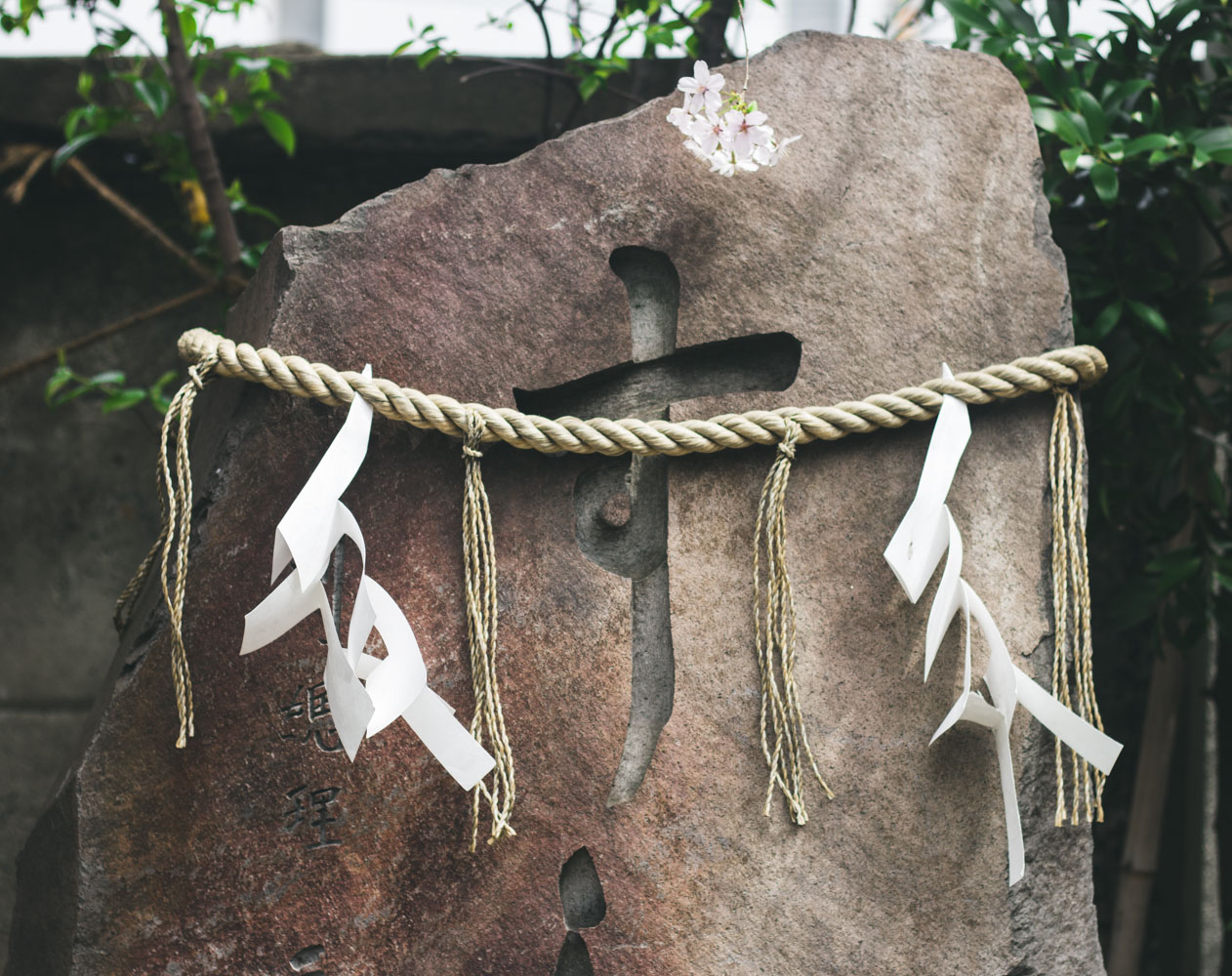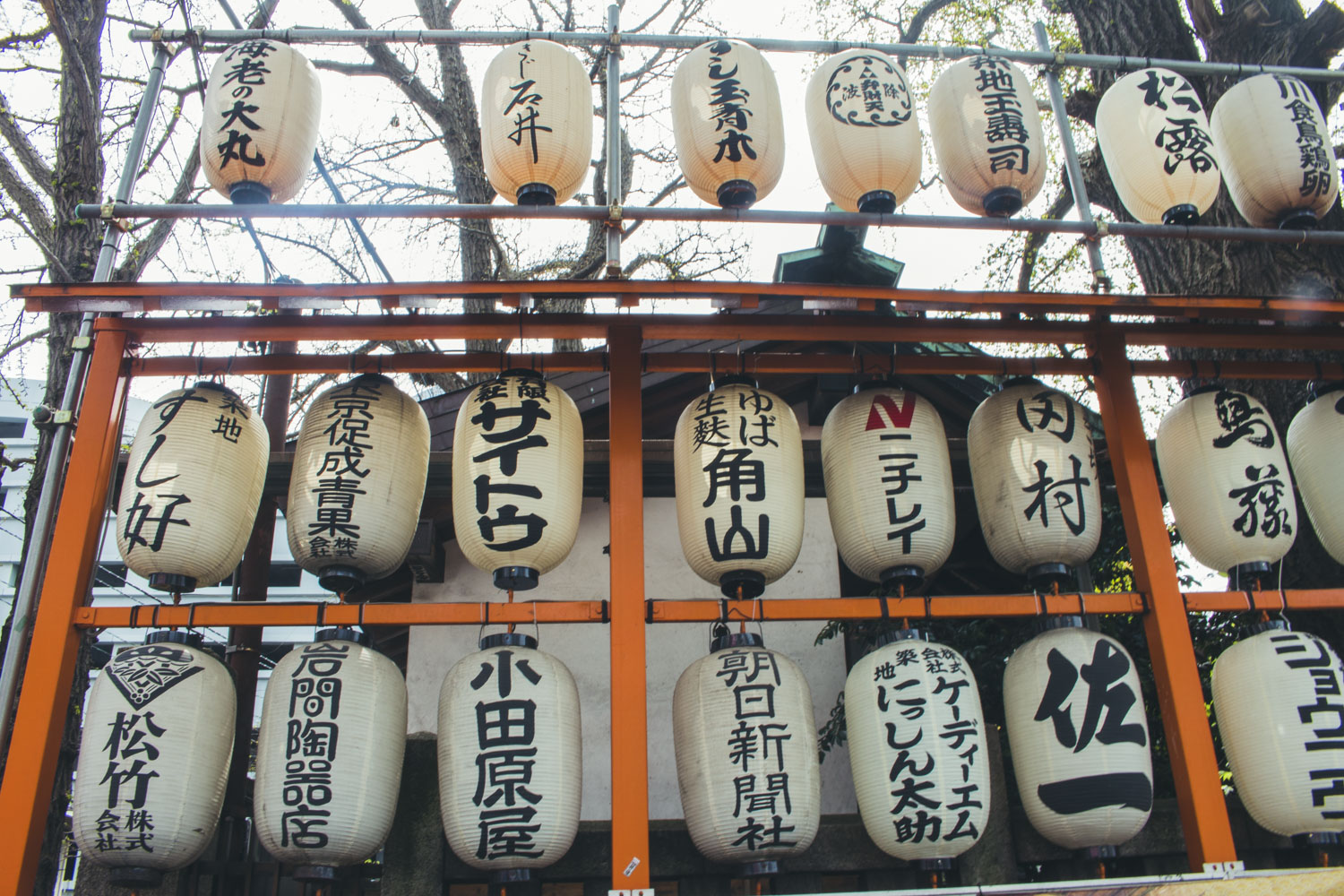This DivaNun Guide is a one pager of everything to do, see, and eat in Tokyo.
Historical
- Imperial Palace
- The site of a beautiful garden and the primary residence of the Emperor of Japan
- Senso-ji Temple
- An ancient Buddhist temple located in Asakusa, Tokyo
- Meiji Shrine
- The Shinto shrine that is dedicated to the deified spirits of Emperor Meiji and his wife, Empress Shōken
Cultural
- Kanda Matsuri
- One of the 3 great Shinto festivals in Tokyo
- Yoyogi Park
- A nice large outdoor space to sit and enjoy some nice weather. It is not connected to Meiji shrine they have different entrances.
- Museums
- Tokyo National Museum
- Mori Art Museum
- The National Art Center Tokyo
- Shinjuku Gyoen National Park
- A large park and garden located in Shinjuku that has phenomenal landscaping and a green house. Great for photo shoots and an extensive rose garden
- Harajuku
- A neighborhood south of Shinjuku with great fashion and food
- be sure
- Ni-Chome
- The gay district of Tokyo located in Shinjuku
- Craft Sake Week
- A great even where you can sample different types of sake from Japan. Happens in the spring in Roppongi
- Shimokitazawa
- Tokyo's answer to Brooklyn. A cool hip neighborhood filled with thrift stores and cute little shops
- Golden Gai
- A series of narrow alleys filled with bars that can only fit 5-8 people at a time. I visited a couple of these and I found them to be extremely expensive and super touristy. Most of the bars charge an entrance fee and the drinks were expensive. I would suggest getting a bottle of your choice from 7/11 and then wandering these streets.
- Piss Alley
- A narrow side street next to the bustling Shinjuku metro station which has a series of small bars, yakitori grills, and food stalls. I walked down this street a bunch of times and the smell of food is so delicious but I never actually ate at any of the stalls. I would definitely suggest coming here to get a quick bite.
- Meguro River
- During Cherry Blossom Season the Meguro river which is lined with this pale pink blossoms becomes a huge outdoor market with stalls selling food and alcohol as you wander and enjoy the natural beauty
- Karaoke
- There are many places scattered across this city where you can sing popular songs with your friends in private rooms. The only place I went to where you sang karaoke in public was a bar in Ni-Chome. They are open all night so it's a great place to go before the train comes in the morning
Food
- With the most restaurants of any city you can literally eat anywhere and have a world class dining experience but here are some of my favorite spots
- Tsukiji Food Market: There are some of the more famous shops here for sushi but in my opinion they are over priced and you can get the exact same fish from a shop a little deeper in the market. Just wander around and check prices. There's also a stall selling snow crab buns that are absolutely divine.
- Ramen
- Asuka: In Shibuya serves a special tan-tan ramen thats hard to find. It is a sesame flavored ramen, very spicy, and it topped with fried pork
- Hayashi: In Shibuya very delicious
- Kikanbo Ramen: Has some of the best spicy miso ramen in Tokyo
- There's more but I made the mistake of not saving a number of restaraunts to my google maps.
- Gyoza Restaruant in Ni-Chome: On the weekends there's a late night gyoza places that slings some of the most delicious morsels of heaven I had. The name is in Chinese so its impossible to say but the location is across the street from the Apa hotel.
- Tsurutontan Shinjuku: it's a chain and a little pricey but one of the best bowls of Udon I had in my life
- Coco Ichibanya: Yes this place is a chain but it has such a reliably spicy pork curry that my heart will forever sing.
Miscellaneous
- Irori Hostel
- Night Life: Going out in Tokyo is all about making the last train home or staying up until the first train in the morning. Any bar or club you're in will stay open after the last train leaves so don't fear what you'll do inbetween.
- FancyHim: a queer underground dance night hosted in Ni-chome https://www.facebook.com/fancyhimtokyo/
- Slideluck Tokyo: An event where food meets art and you can meet cool local artists http://slideluck.com/city/tokyo/
- Aiiro Cafe: Where the gays congregate as the night begins. They have a beer blast HH that always brings a crowd
- Eagle Tokyo: This cute establishment has a very long bar and is popular with the bears. I suggest ordering a double whiskey highball you won't regret it
- Dragon: The top 40 music dancing destination. Not a personal fav of mine but they are a staple on the weekends.
- Trump Room: By far my fav venue in Tokyo. This is located in Shibuya and its a hassle to get to but the inside is filled with gold-plated tables and mirrors with super cool Dj's spinning until the early hours of the morning.
- Facebook Groups
- Tokyo Expat Network: a place where I learned the most about renting an apartment and other information about settling into Japan
- Fruits in Suits Tokyo: a LGBT buisness related facebook group great for networking and meeting other people
- Couch Surfing Tokyo: Host weekly meetups and great for expanding your social circle.
Travel/ Navigation
- In Tokyo
- The Tokyo subway system while sprawling and large is actually not that hard to navigate. Its like New York its much scarier then it looks. There are signs in english in most places and google maps will be so helpful for navigating your way around the city. The trains do not run after midnight so make sure you want to stay out all night. Thankfully you can buy alcohol at 7/11 or any convenience store all night long
- Ubers and taxis are super expensive so I suggest avoiding them at all costs like the price is wild no one is trying to pay that.
- From Tokyo
- There are night buses that I took to Kyoto.
- You can find cheap flights on budget airlines like Peach
- BEFORE YOU ARRIVE you can apply for a discounted bullet train rail pass in 1-3 week incrememnts. I didn't do this but there's more information here
Next Visit
- Get some custom clothes made at Y. & Sons
- More Day Trips
- Chiba
- Hakone
- See Mt Fuji
- Eat Ramen








